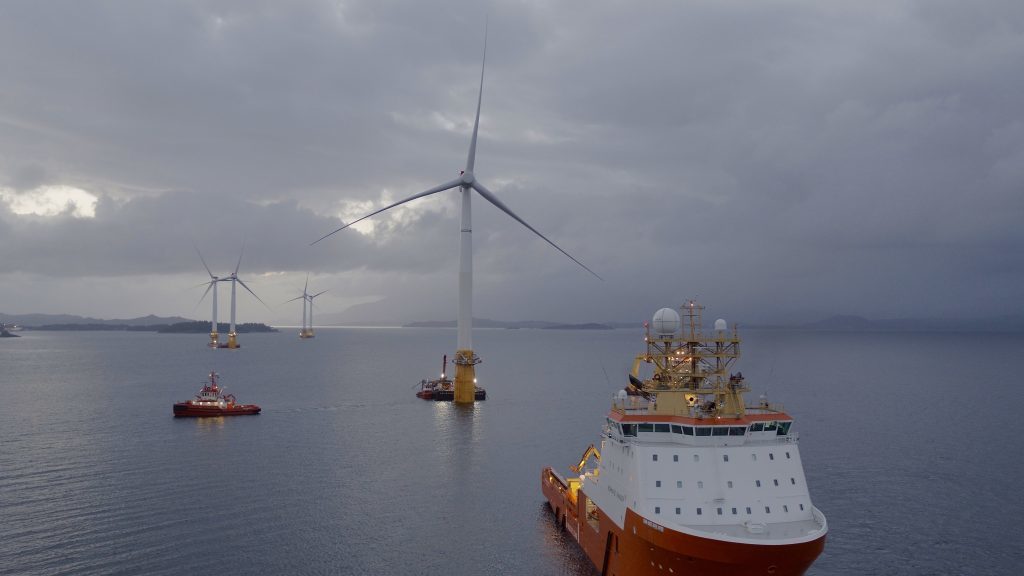
The number of medical injuries in the offshore wind sector nearly doubled last year, according to a leading industry body.
G+ is a health and safety group made up of operators including SSE, Scottish Power Renewables, and Vattenfall, covering the North Sea and other parts of Europe, as well as the US east coast.
According to its newly-published incident statistics, there were 78 medical treatment injuries in 2017, up 86% on the previous year.
It comes as the industry worked more than five million more hours than in 2016.
G+, which is supported by the Energy Institute, said it is a reminder that organisations need to be “aware of complacency” as the sector matures.
There were a total of 294 “high potential” incidents, which could have resulted in a fatality or life-changing injury.
The majority took place on offshore crew transfer vessels, or on the turbines themselves.
However, G+ said there were 46 fewer high impact incidents on 2016, as well as an 8% reduction in lost time injury frequency and a 15% drop in restricted work day incidents.
Dropped objects were also highlighted as an ongoing issue, with 169 incidents last year, with 47% of them occurring on the turbine.
Chairman Paul Cowling said: “The 2017 report shows a positive improvement in lagging indicators with a reduction in the absolute number of high potential incidents, a reduction of 8% in the lost time injury frequency and a reduction of 14% in the number of restricted work day incidents.
“Although this is a step in the right direction, further improvement and vigilance is still required.
“2018 will be a challenging year for the G+ and the wider offshore wind industry as we aim to expand the influence of our work internationally and see a continued reduction in injury frequencies.
“The focus continues to be on improving the health and safety performance of our own companies and the industry as a whole.”
Recommended for you

